Restoration and Collaboration: Launching RESTOREID Efforts in Uganda
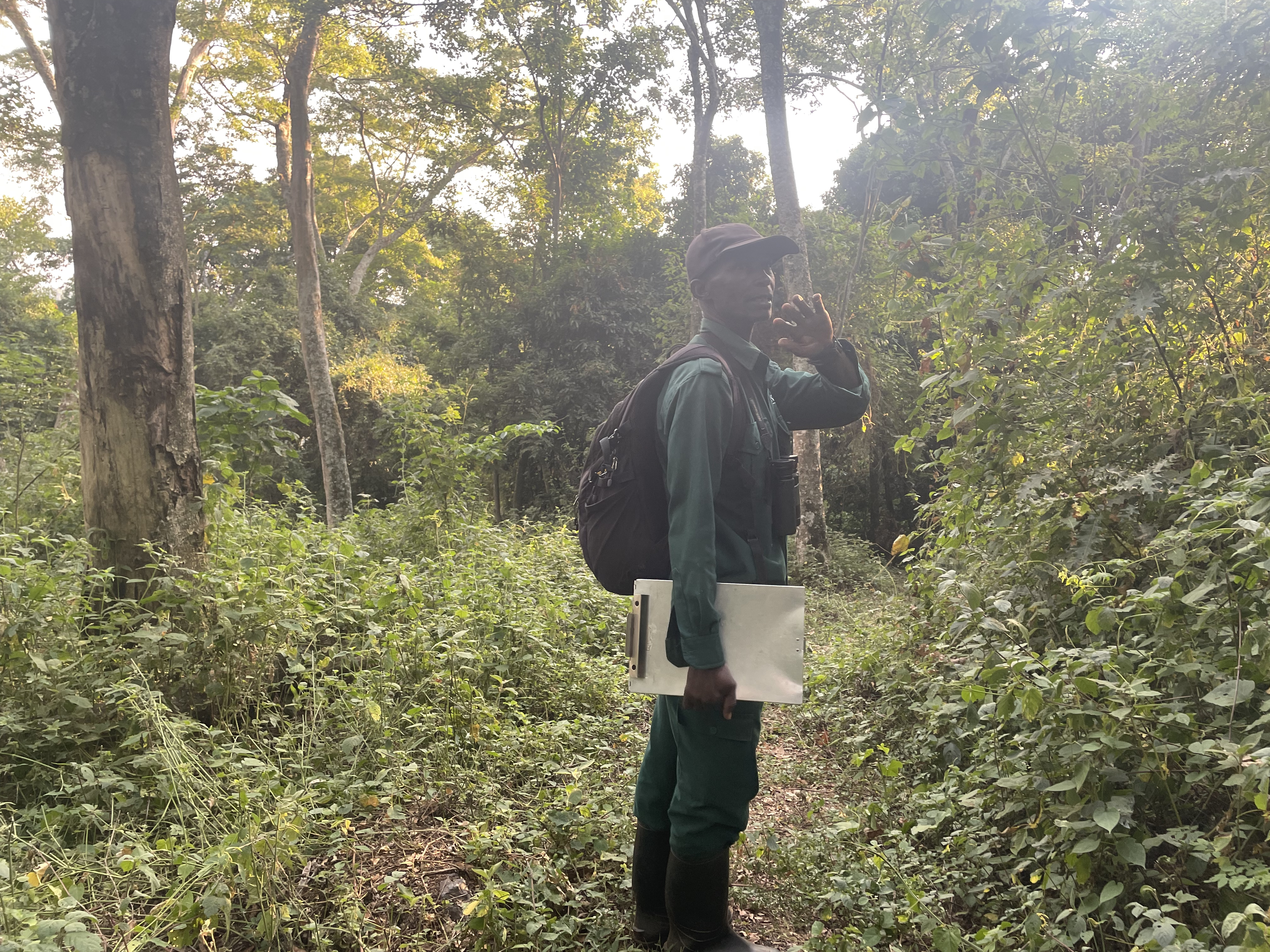
By Olivia Dimov and Jan Gogarten (Helmholtz Institute for One Health).
In June, Olivia Dimov (Helmholtz Institute for One Health), the PhD student who will be heading RESTOREID’s data collection efforts in Uganda, joined Jan Gogarten (Helmholtz Institute for One Health), Colin Chapman (Vancouver Island University), and Patrick Omeja (Makerere University) in Uganda. We set out to kick-start RESTOREID’s efforts and had the privilege of drawing on a lot of expertise and experience on restoration in Uganda. Colin has been working in Kibale National Park for more than three decades, and Jan and Patrick are his former PhD students who now have a combined three decades of experience working in and around the park as well.
In keeping with the One Health framework and interdisciplinarity that form the foundation of this project, we started with diverse meetings with stakeholders and partners who are involved with and approaching restoration and health from different angles.
Our first stop was a meeting with scientists at the School of Veterinary Medicine and Animal Resources at Makerere University, where we discussed our plans and new techniques for biomonitoring, while hearing about their different animal health monitoring efforts and the emerging disease threats they are dealing with. We then moved across campus and met with the Dean of the College of Agricultural and Environmental Sciences, where we discussed restoration efforts in the country and the department’s research emphasis. We ended our time in Kampala with a meeting with the Uganda Wildlife Authority’s Deputy Director of Field Operations, Charles Tumwesigye, to discuss how our biomonitoring efforts might synergize with the organizations’ larger conservation efforts. These meetings highlighted fertile ground for collaboration and much of the planned research is only possible through these partners long-term efforts and expertise.
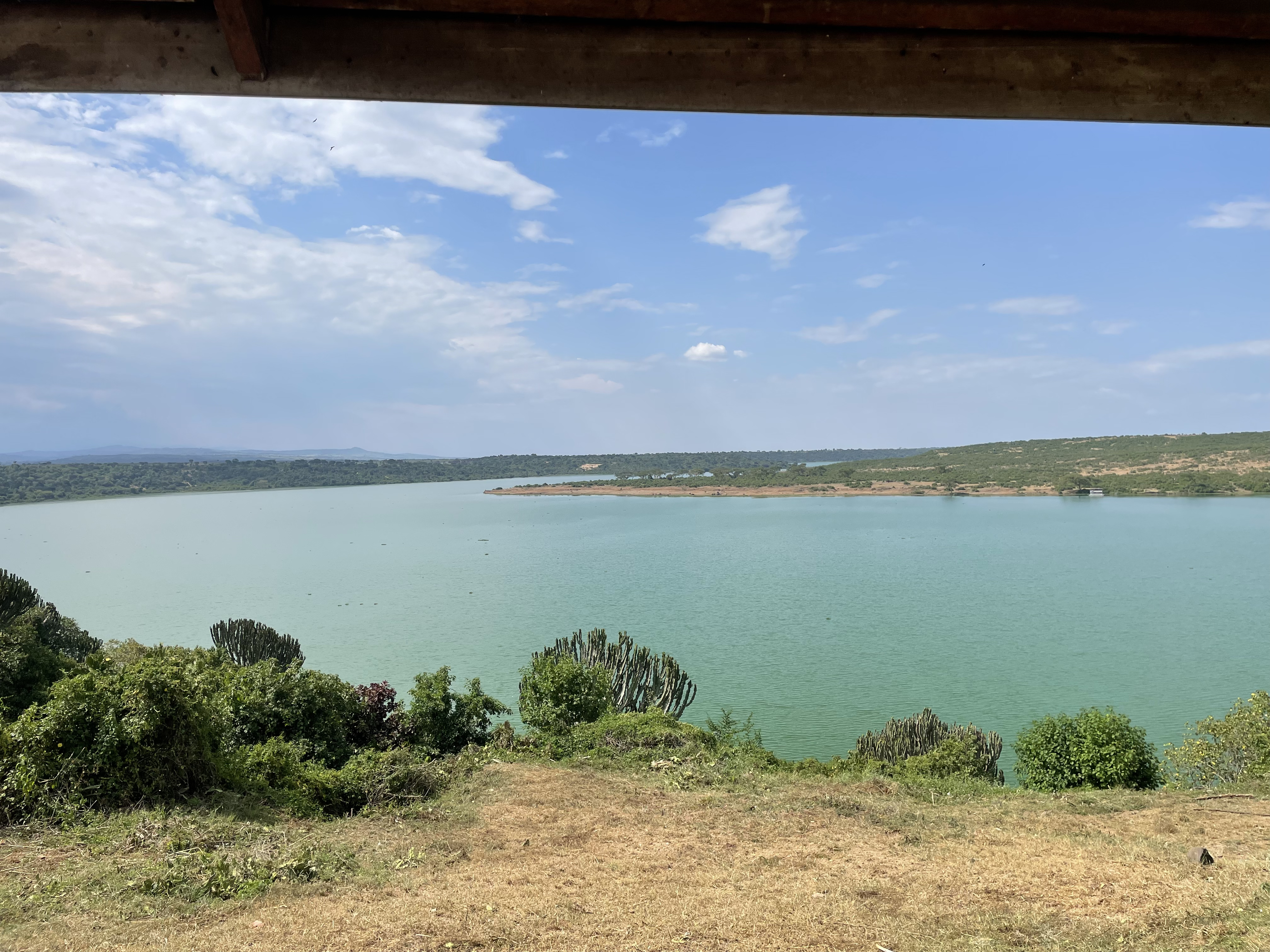
After stopping by Kibale National Park to get settled in, we headed to the Uganda Wildlife Authority’s new laboratories in Queen Elizabeth National Park, where Olivia hopes to do much of the lab work associated with this project. We were blown away at the top-notch research facilities available and the openness of our collaborators, led by Principal Wildlife Veterinary Officer Dr. Eric Morris Enyel. This is an amazing facility nestled in a national park, with views from the lunch canteen providing great wildlife observation opportunities including hippos, elephants, warthogs and buffalo. What a great place to do lab work!
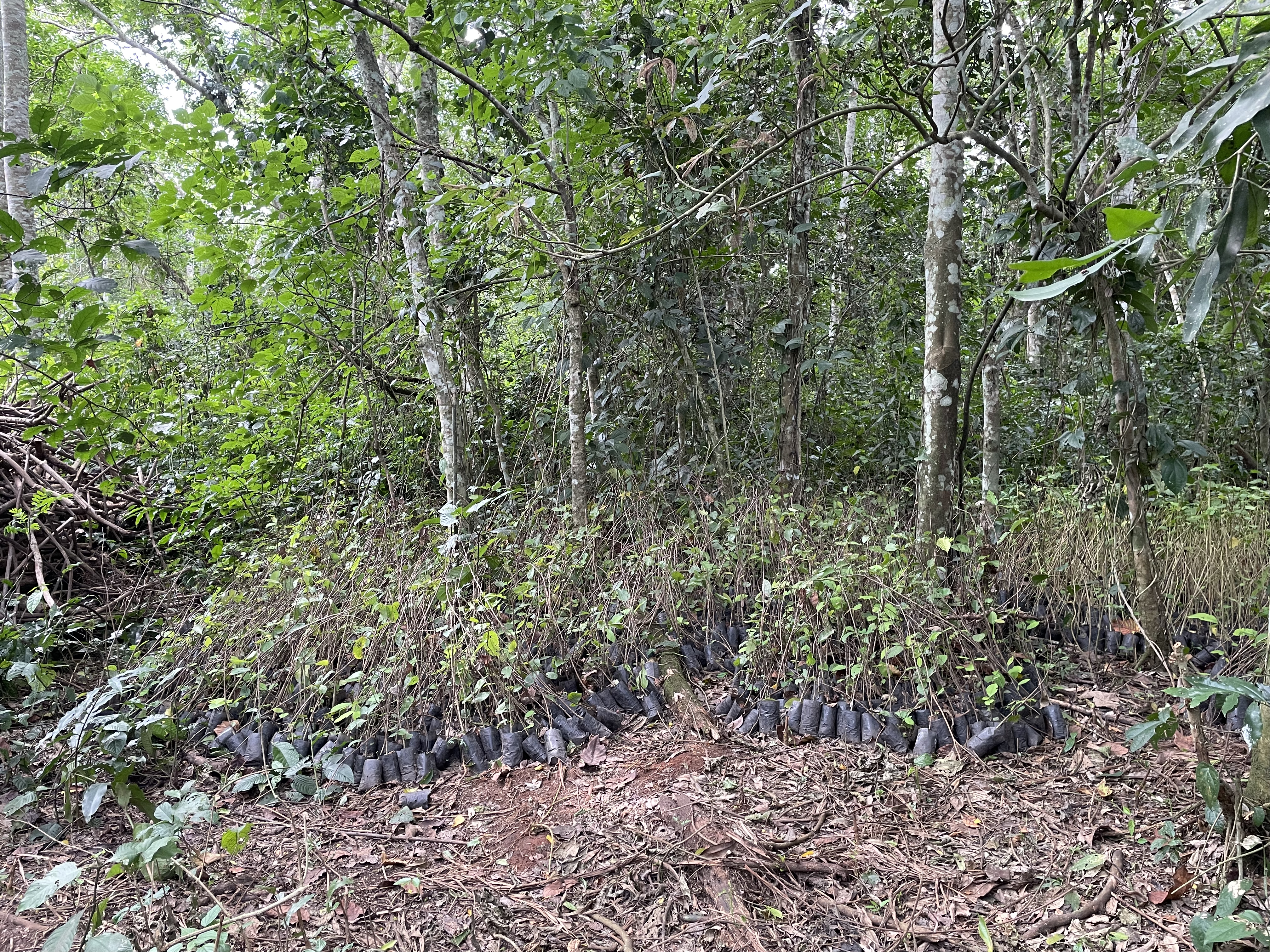
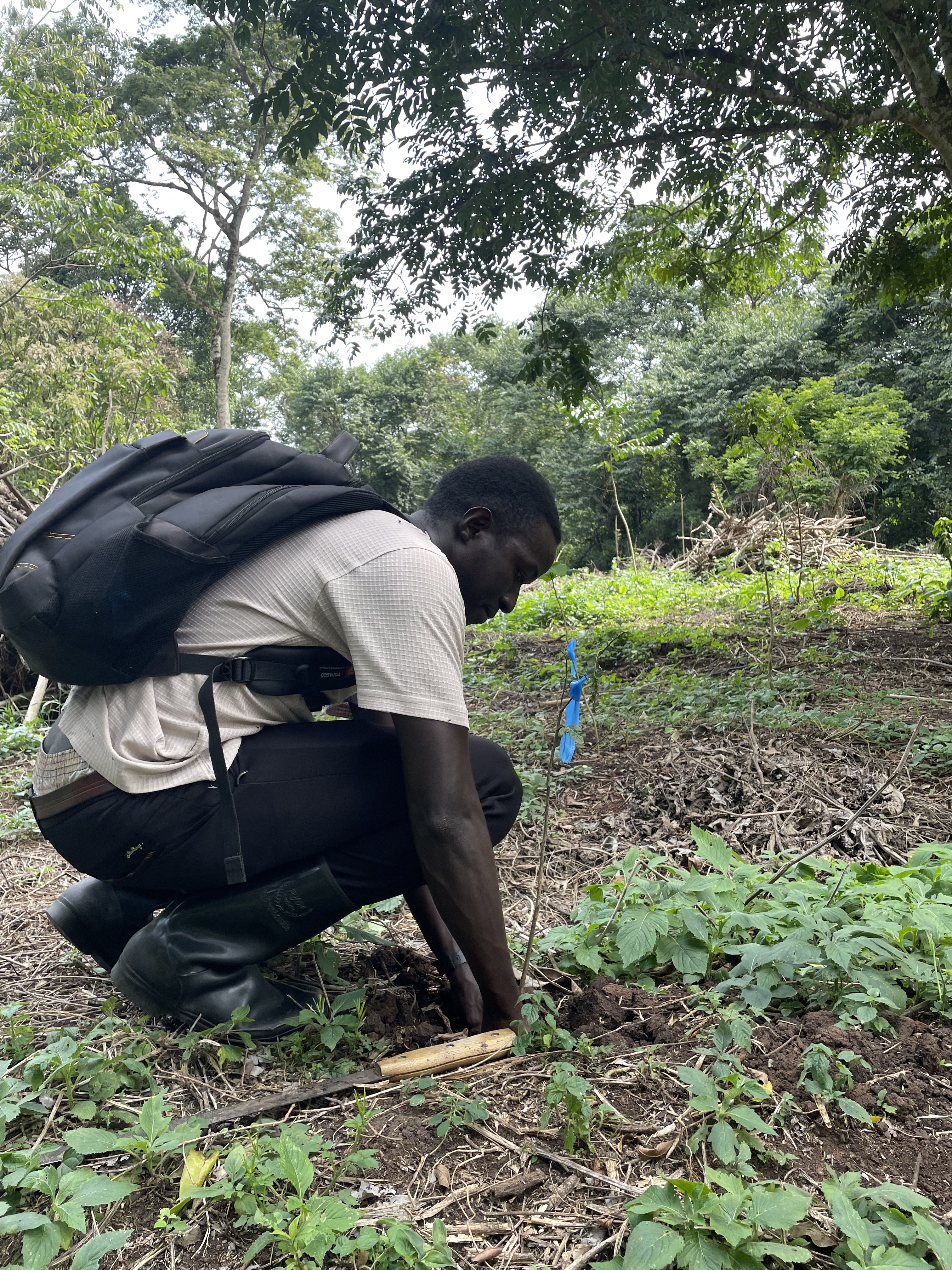

We then moved to the forest and restoration areas and joined PhD student Emmanuel Opito in the field to visit some of his restoration sites. Here, he is removing acanthus, a species that arrests restoration of formerly logged areas. He is replanting seedlings on a large scale and studying how well the forest is recovering with these different interventions. We visited some of his more recent restoration sites, but also a plot from a year before, where many tree species that hadn’t been planted were also shooting up. They are using the removed biomass and providing it as fuel wood for the surrounding communities, trying to generate a win-win for the local community in the form of jobs in tree nurseries and acanthus removal, while improving restoration efforts in the park, much of which was historically logged.
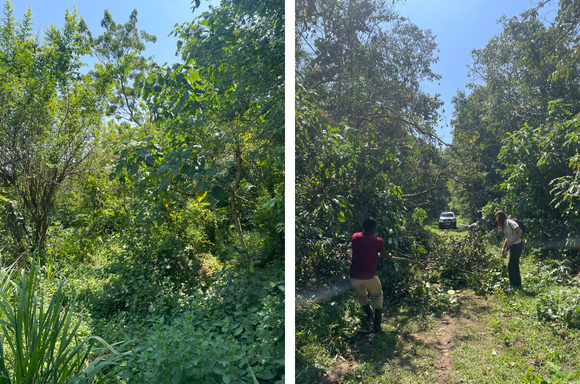
We then visited our partners at FACE the Future. They have replanted more than 1.7 million trees on over 6,500 ha in the park, providing an amazing time series. Together, we selected areas for new transects and made plans for the coming year. Here, just like in the forest, elephants are around and had tossed trees into the road that we had to clear to gain access to these new sites. It is exciting to see how much wildlife is using these areas.
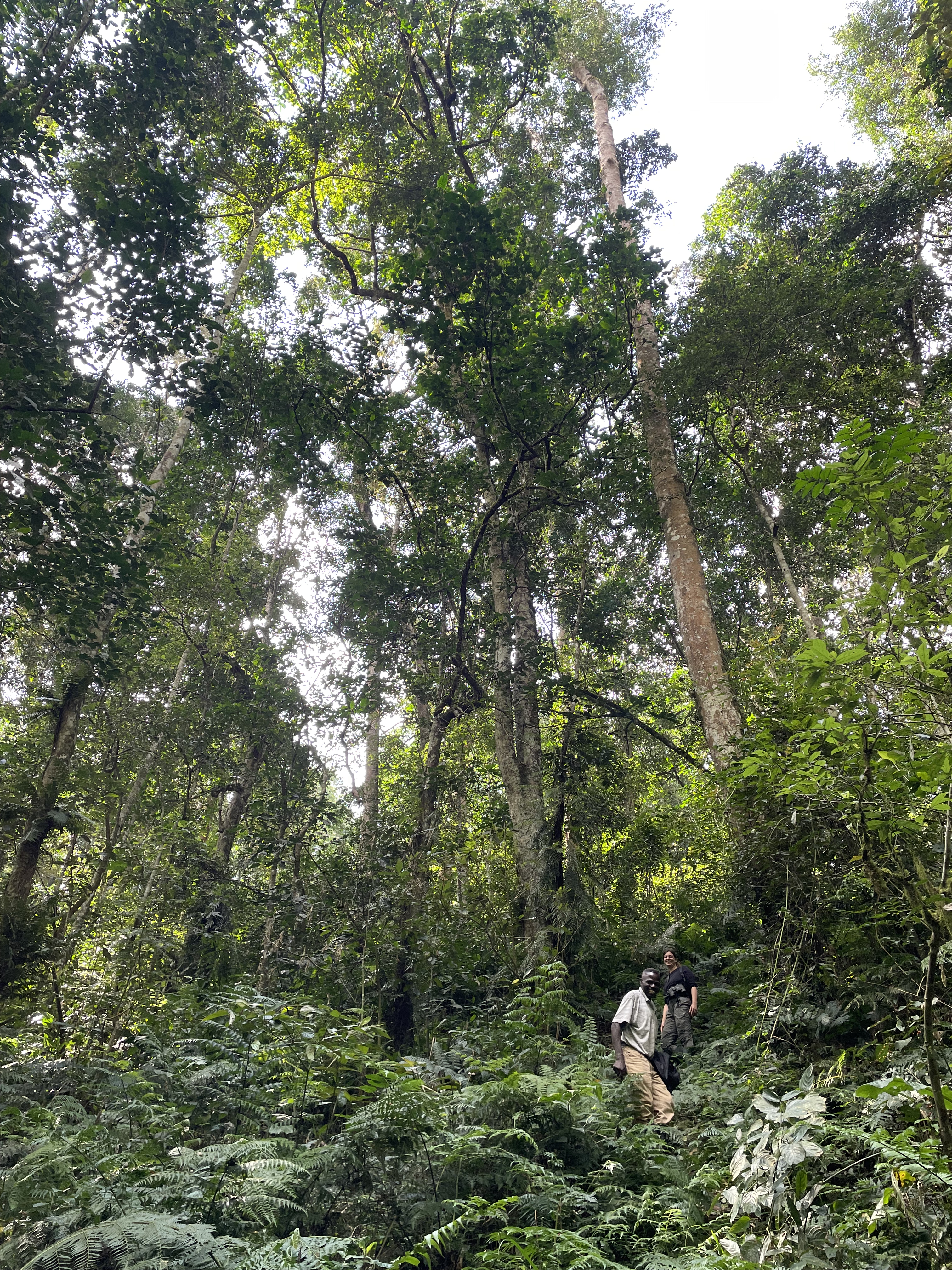
We also visited the long-term animal monitoring transects in some of the old growth forest, which will make for a valuable comparison to the restoration sites. This ability to draw on long-term data and experience in the forest makes Kibale such an exciting place to work. We also had the chance to update the team about some of our previous work from previous field seasons together, including a coverage of our work on environmental DNA sampling with leaf swabs. A really neat opportunity to collaborate with a team that has been working in the park for decades.
Source: CGTN Africa
Lastly, we had the chance to visit the community living near the park and hear about
crop raiding and the challenges associated with living so close to the park. One of the issues we also heard a lot about
was health. This ties in
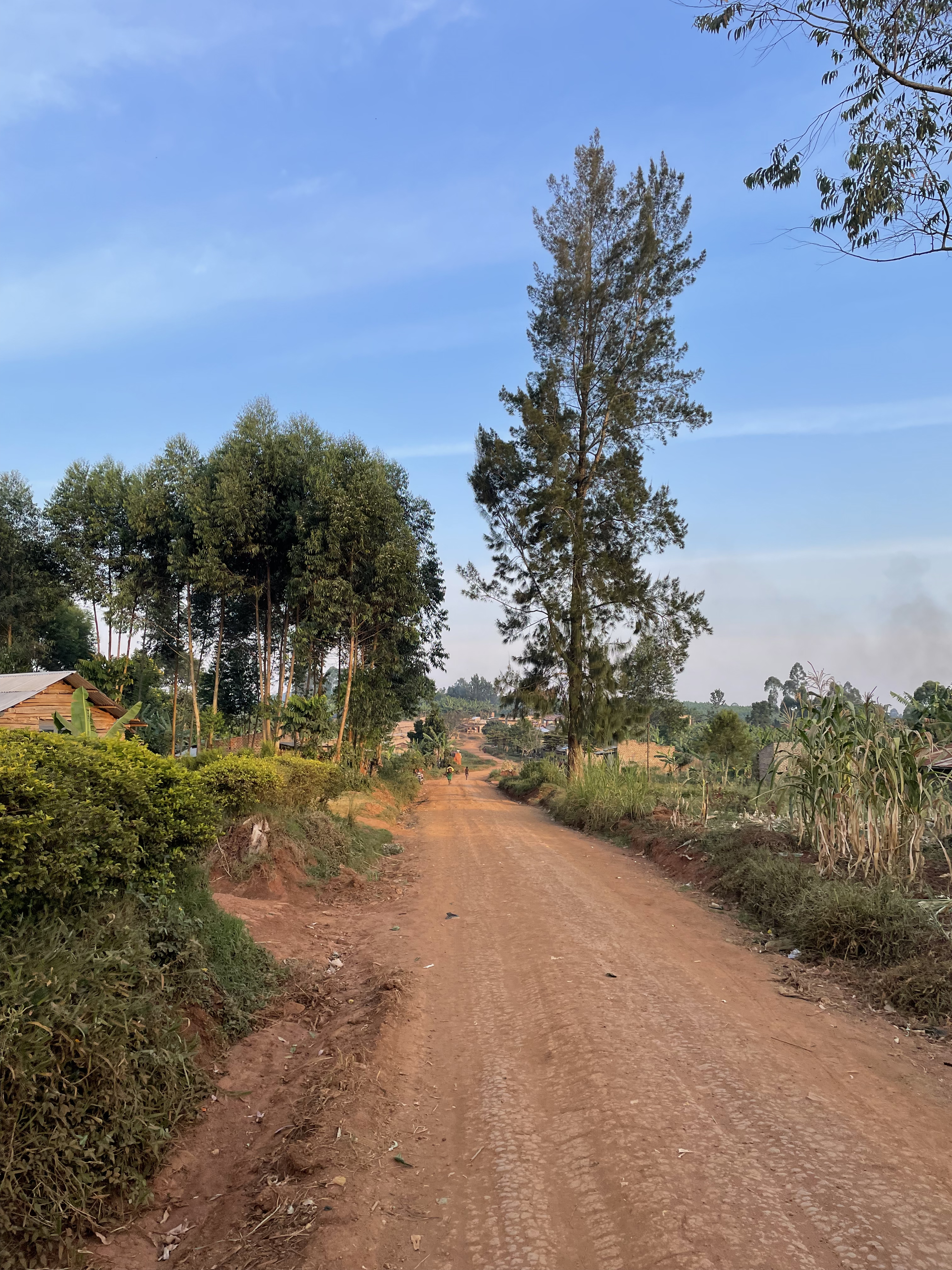
All images © Helmholtz Centre for Infection Research / Helmholtz Institute for One Health (HZI/HIOH), unless otherwise noted.
